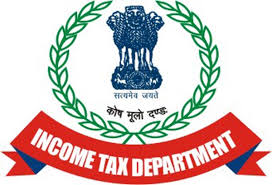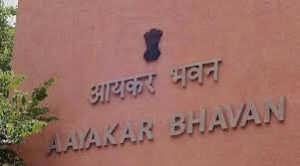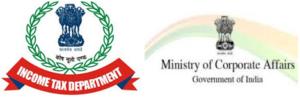 The soon-to-be rolled out pan India e-assessment system for scrutiny cases of taxpayers will not be applicable to instances where a raid has been conducted against an assessee by the Income Tax (IT) department, the CBDT has said.
The soon-to-be rolled out pan India e-assessment system for scrutiny cases of taxpayers will not be applicable to instances where a raid has been conducted against an assessee by the Income Tax (IT) department, the CBDT has said.
It has added that the current system of manual assessment will continue in cases, where the books of accounts or original documents have to be examined, the taxman has to conduct a third-party investigation and where the tax officer has to examine a witness.
It will also be applicable to cases where the taxman has issued a show-cause notice to the assessee, “contemplating any adverse view”, and cases where the taxpayer has requested for a “personal hearing” to explain the matter to the assessing officer.
The Central Board of Direct Taxes (CBDT), the policy- making body of the IT department, issued an instruction yesterday to further explain how the system would work, once fully operational.
“…It is hereby directed that except for search-related assessments, proceedings in other pending scrutiny assessment cases shall be conducted only through the e-proceeding facility…,” the instruction said.
It added that in ranges where the IT offices were not equipped with computer infrastructure and Internet services as of now, the taxman should “complete only 10 per cent of the scrutiny cases having the potential to effect recovery during the current year itself”.
If an assessee objects to the electronic assessment, it may be “kept on hold” for the time being, the instruction said.
Finance Minister Arun Jaitley had, in his budget speech, announced that the process of electronic assessment of tax returns would be launched in the country, which would “almost eliminate person-to-person contact, leading to greater efficiency and transparency”.
CBDT Chairman Sushil Chandra, during a recent interview with , had said the e-assessment procedure would henceforth be handled by two officers, instead of the current system involving a single assessing officer (AO).
The functionality to conduct the e-proceedings would be available for all types of notices, questionnaires and letters issued under various sections of the I-T Act, the CBDT had said earlier.
Source: Times of India





